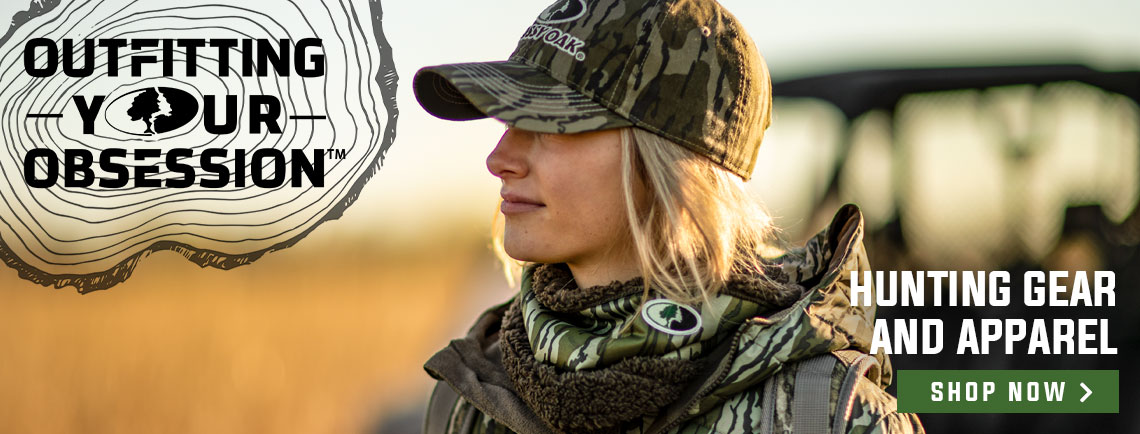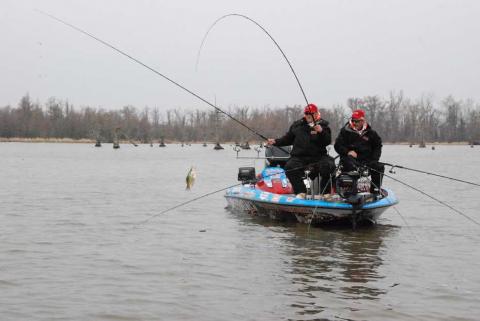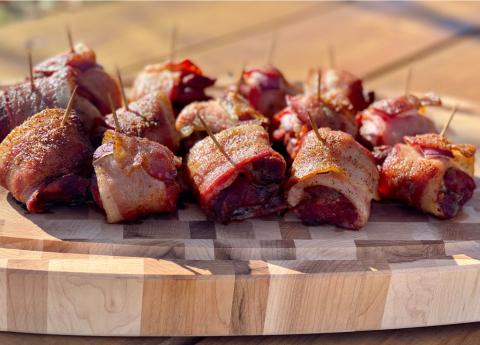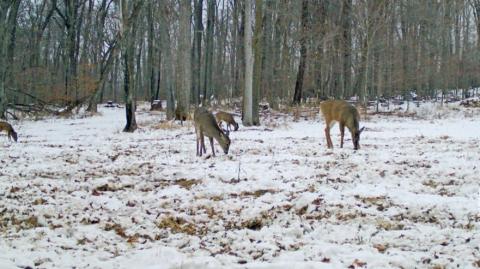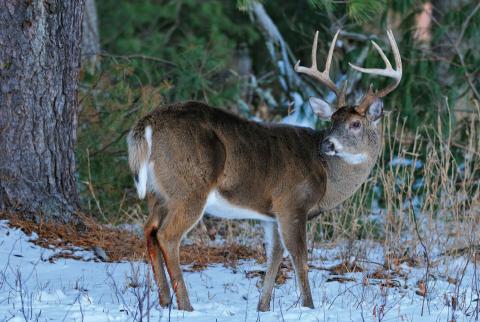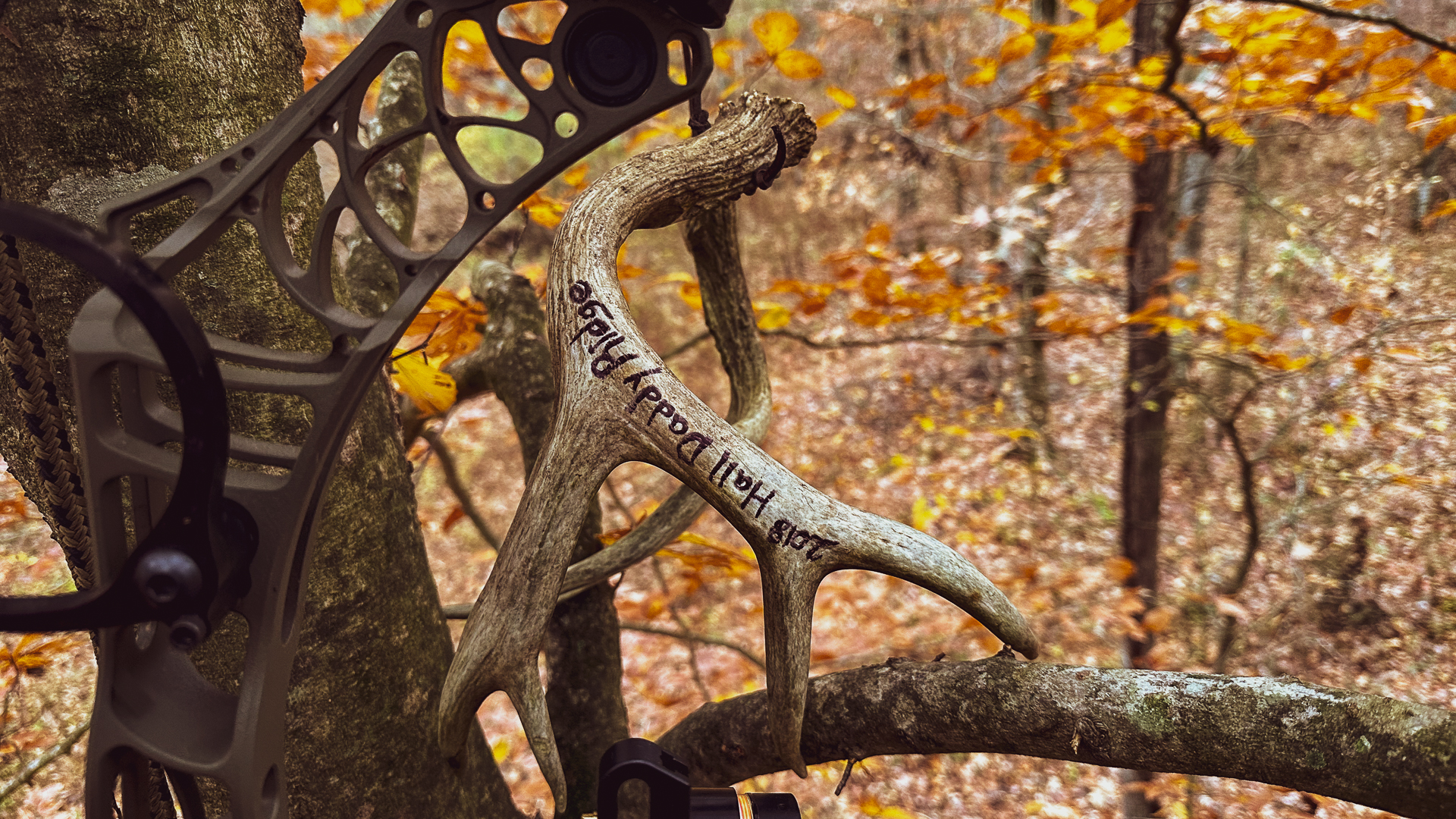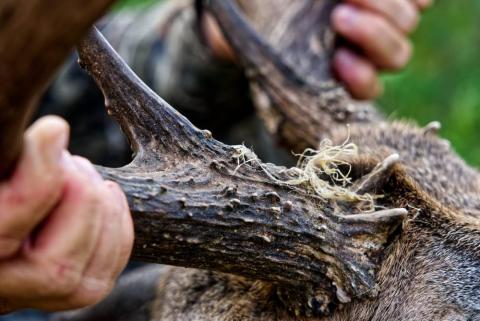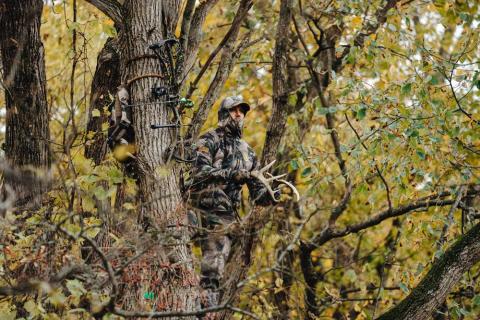Snowy Wilderness: A Predator Hunter's Guide to Scouting and Calling
Heath Wood
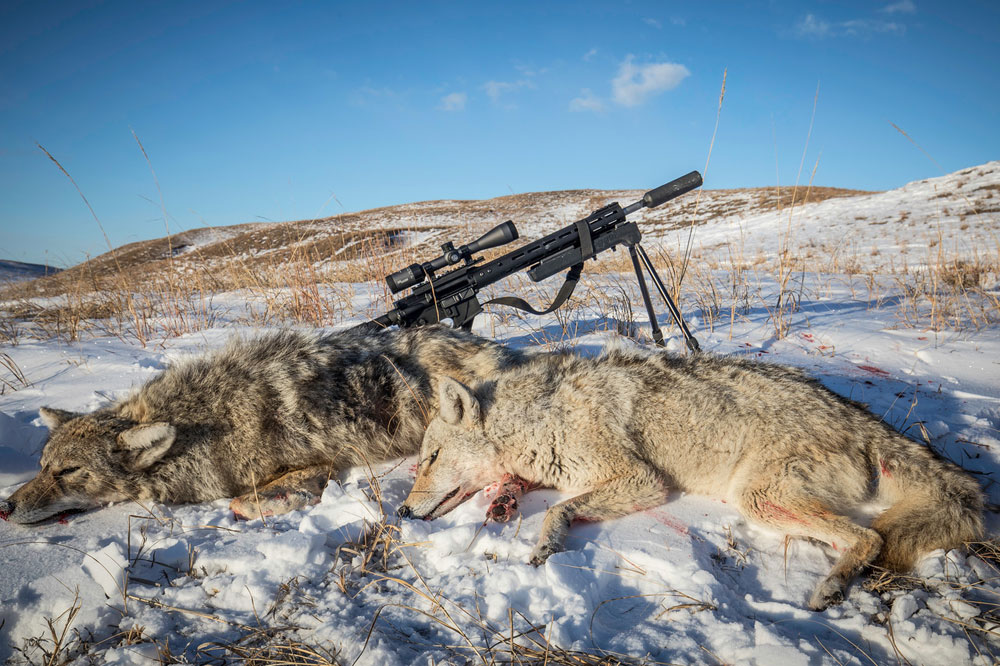
As winter blankets the wilderness in a pristine layer of snow, many outdoor enthusiasts may be tempted to stay indoors by the warmth of a fire. However, this snowy landscape offers hunters a unique opportunity for predator scouting and exploration.
I am often taken back to my early days of predator calling with every winter snow. As a teenager, when a winter storm turned the grounds from dull brown leaves and bare brush to a renewed, vibrant white cover, it gave my friends and me new opportunities to spend our snow days off from school chasing predators. When a predator caller understands the habits and movements of the elusive coyote in the snow-covered terrain, they can often enhance their skills and contribute to season-long success as a predator caller.
The Winter Wilderness For Hunting
I have been out of school for twenty-three years, yet those snow days spent coyote hunting are still fresh in my mind. In one experience, I recall a friend and I having a sleepover in his parent's basement one night when the snow was falling heavy so that we could be ready to hunt coyotes early the following day.
Walking down the pathway where the local farmer and landowner fed his cows daily, we discovered multiple coyote tracks zigzagging back and forth through the fresh snow. The back-and-forth tracks often indicate coyotes searching for food. If a set of tracks runs in a single row, it could often be from a coyote passing through instead of one hunting and living in the area. When the array of tracks finally led into a patch of timber, we decided this would be the ideal location to call, knowing the coyotes were surely nearby.
Soon after beginning our first rabbit-in-distress sequence, my friend quietly informed me that a coyote was coming to the call. When I spotted the coyote coming through the snow-covered timber, he stood out like a wolf among sheep because the white snow eliminated his covered background. When the coyote made it to approximately seventy-five yards, he sat down in the cold snow to spot where the direction of rabbit commotion was coming from. My hunting partner made a perfect shot on a massive furred-up Missouri coyote at that moment.
Unique Tracking Conditions
Fresh snow often creates a blank canvas, allowing hunters to easily spot and follow predator tracks, providing valuable insights into their movements. Because of the fresh snowfall, my friend and I could find where and what the coyotes had been doing and where they went, allowing us to call them into close range with easy visibility.
When snow covers the ground, waste no time getting out and scouting your favorite coyote and predator-calling areas. Thanks to hunting apps such as HuntStand, I can mark where coyotes are traveling and gain a better understanding of where they live. When you know where coyotes spend much of their time, your calling success increases dramatically. By having the exact locations of where coyotes reside stored on your hunting app, the better the odds of calling increase throughout the rest of the season.
Understanding the Winter Habits of Predators
Adaptation to cold weather is critical when understanding the predators you are hunting. Coyotes and foxes exhibit different behaviors during winter, adapting to the challenges posed by colder temperatures. Snowy conditions often reveal hunting patterns and preferred prey, helping hunters predict where predators will likely be found. When snow covers a predator's food source, they prioritize finding food. When food is needed to survive, using prey in distress sounds on an electronic caller becomes the number one choice for calling predators into close range.
The Importance of Patience and Observation
Now that you know what predators are doing and where they live, it is time to take advantage of the increased hunting success, especially when calling them into close range. Creeping through the snow-covered landscape allows hunters to observe wildlife without disturbing their natural behavior. Finding key vantage points and patiently waiting for predators to emerge increases the chances of successful scouting. Yet, it also makes excellent locations to sit up your FoxPro electronic call and use unique sounds to bring predators into shooting range. Because of the snow, hunters can see predators approaching the call from farther distances, giving them ample opportunity to get ready to make a successful shot.
Choosing the proper calling techniques is as crucial as setting up. Not only does snow-covered ground increase visibility, but it also can increase hearing range. Think about being out in the snow and stopping to listen; only silence fills the air. Utilizing electronic calls to replicate distressed prey sounds can attract predators within earshot, especially after winter snowfall. The silence provides less distraction when the screeching sounds of prey in distress begin to echo through the air. I have had coyotes respond from several hundred yards away when calling in the snow simply because they can hear it from a longer distance.
Seizing the opportunity presented by snowy days for predator scouting and calling is not just a chance for thrilling outdoor adventures; it is an avenue for predator hunters to deepen their understanding of wildlife and contribute to responsible predator control. By embracing the winter wilderness, hunters can unlock the secrets of predator behavior, plan strategic encounters, and, in doing so, increase their success throughout the remainder of the season.

